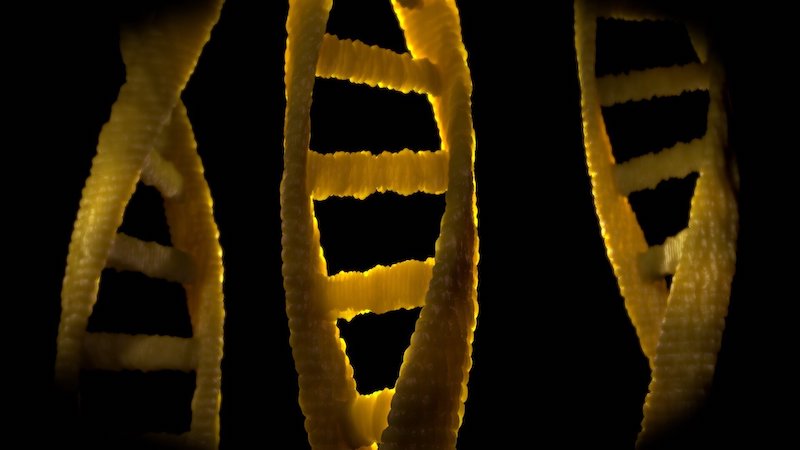 Credit: CC0 Public Domain
Credit: CC0 Public Domain
June 6, 2019 (Phys.org) -- Spatial separation of active from inactive fractions of the genome in the cell nucleus is crucial for gene expression control. A new study uncovers leading mechanisms of such separation and turns our picture of the nucleus upside down.
Eukaryotic chromosomes are built of chromatin, a complex of DNA and associated proteins. Depending on transcriptional activity and degree of compaction, two types of chromatin can be distinguished and these two types are spatially separated within the nucleus. The highly condensed fraction is made up of regions of chromatin that contain few genes and is transcriptionally inactive. It is called heterochromatin and is located in the periphery of the nucleus, close to the nuclear membrane.
Euchromatin, on the other hand, is enriched in genes and corresponds to the active fraction of the genome. It occupies the inner regions of the nucleus, is less densely packed, and therefore more accessible to the protein machineries required for gene expression. This general pattern of genome organization is found in virtually all eukaryotic cell types, but the mechanisms establishing the characteristic distribution remain poorly understood
Research carried out by a team led by Irina Solovei at LMU's Biocenter, in cooperation with Job Dekker (University of Massachusetts Medical School) and physicists from the group of Leonid Mirny at MIT (Institute for Medical Engineering and Science) now suggests that the driving force in chromatin segregation is the inactive heterochromatin and that in the 'default' chromatin distribution of euchromatin and heterochromatin are reversed. The new findings appear in the leading journal Nature.
(more)
READ MORE: Phys.org











